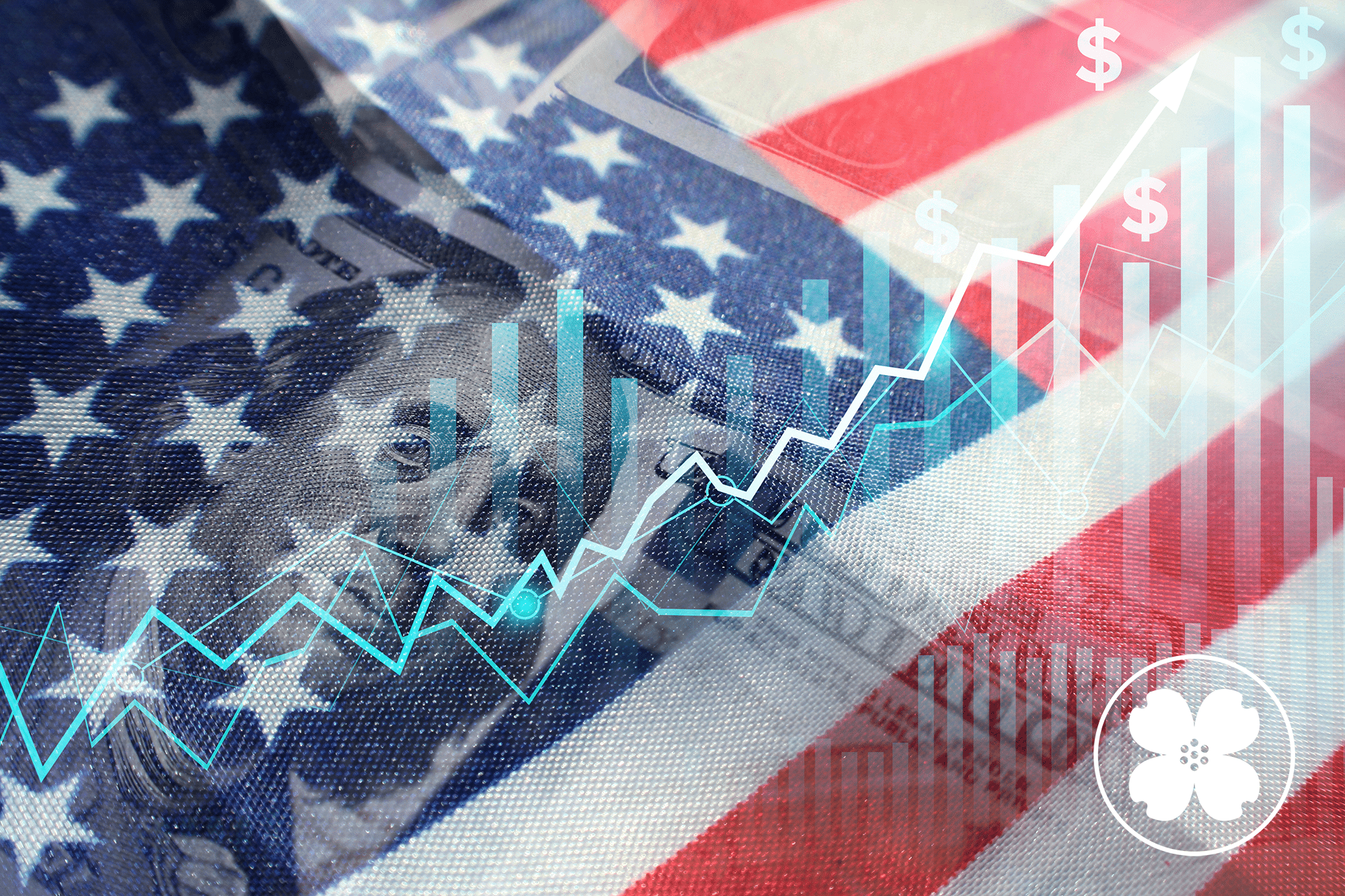While elections can certainly be an emotional time, they are not the time to make drastic investment decisions based solely on election outcomes.

The Federal Reserve has reduced interest rates three times this year, all in the last three consecutive months; August 1st, September 19th, and October 31st. The last time the Fed cut rates was in December, 2008.
So, what are the implications for low and even negative interest rates, globally and domestically?
The European Central Bank (ECB) reduced its deposit rate to a negative level in June, 2014. This negative deposit rate essentially penalizes banks for keeping excess money on deposit with the central bank instead of lending it out. The general theory is that negative rates will incentivize banks to issue more loans to spark business investment, thereby producing growth in the economy.
Negative interest rates can be passed on to bank customers. Depositors could be charged for keeping money in banks and borrowers could be paid to borrow money. Quite the paradox to traditional banking. In fact, in August, a Danish bank offered a 10-year mortgage at rate of -0.50%. With the central bank of Denmark creating a negative deposit rate of -0.75%, this bank is actually coming out ahead by losing less.
Although interest rates are low by historical standards, rates in the U.S. are much higher than other developed economies. Back in September, shorter-term interest rates on US treasuries were higher than some longer-term interest rates. This phenomena is referred to as an “inversion of the yield curve” and has historically been a precursor to a recession. (Not the cause, per se, but an indicator of underlying economic weakness).
The time lag between a yield curve inversion and subsequent recessions vary widely, ranging from seven months to nineteen months. The most recent Fed rate cuts on October 31st have lowered the short-term rates to a point that has actually flattened out the yield curve a bit.
Even after the latest Fed rate reduction, rates are still much higher in the US, and many rates overseas remain in negative territory. These negative rates are a result of investors fearing continued economic headwinds to a point where they are willing to pay more for bonds (a premium) than they can expect to earn in interest.
A yield curve inversion and negative long-term interest rates are caused by investors buying up longer-term bonds in fear of slower growth ahead.
When the prices of bonds rise, corresponding yields fall. This market-driven effect lowers interest rates on the long end of the curve to a point below the short-end rate, which is influenced by the central bank.
Higher U.S. interest rates have resulted in a greater demand for U.S. bonds. Investors must have U.S. dollars to buy U.S. bonds. So, if foreign investors want to purchase U.S. bonds, they must exchange their foreign currency for dollars (buy dollars by selling their home currency).
This demand for U.S. dollars makes them scarce and, therefore, puts upward price pressure on the dollar. The sale of the foreign investor’s home currency results in an oversupply on the market, and weakens it against the U.S. dollar. This, however, is only one dynamic that has been contributing to a strong U.S. dollar and lower interest rates.
As long as the U.S. offers attractive interest rates and the U.S. economy is otherwise stable and/or growing moderately, the demand for U.S. bonds and the U.S. dollar is not likely to subside.
With three Fed interest rate cuts, the U.S. dollar has continued to strengthen in 2019. Demand for U.S. bonds has driven yields lower to levels not seen since 2016.
If major global central banks continue to reduce interest rates in an attempt to generate economic growth, interest rates will likely remain low across the globe for the foreseeable future.
In fact, the U.S. government is considering taking advantage of these low interest rates by issuing a 50-year treasury bond, which could make its debut in 2020. Refinancing some of the $22 trillion national debt at these low interest rates for an extended time frame is an attractive proposition. Given the global interest rate backdrop, demand for the bond could be strong. So… given slower global growth and geopolitical uncertainty, the overall interest rate trends will seemingly remain “lower for longer”.
Works Cited
- CNBC. (2019, August 12). Danish bank offers mortgages with negative 0.5% interest rates – here’s why that’s not necessarily a good thing. Retrieved from cnbc.com: https://www.cnbc.com/2019/08/12/danish-bank-is-offering-10-year-mortgages-with-negative-interest-rates.html
- JP Morgan. (June, 2019). U.S. yield curve inversion and recessions. Market Insights – On the Bench, 1-69.
- Bloomberg. (2019, September 12). Rates & Bonds. Retrieved from Bloomberg.com: https://www.bloomberg.com/markets/rates-bonds
- Global-rates.com. (2019, September 18). Global Rates. Retrieved from Global-rates.com: https://www.global-rates.com/interest-rates/central-banks/european-central-bank/ecb-interest-rate.aspx
- Federal Reserve. (2019, November 6). Retrieved from FederalReserve.com: https:// www.federalreserve.com/monetarypolicy/ openmarket.htm


